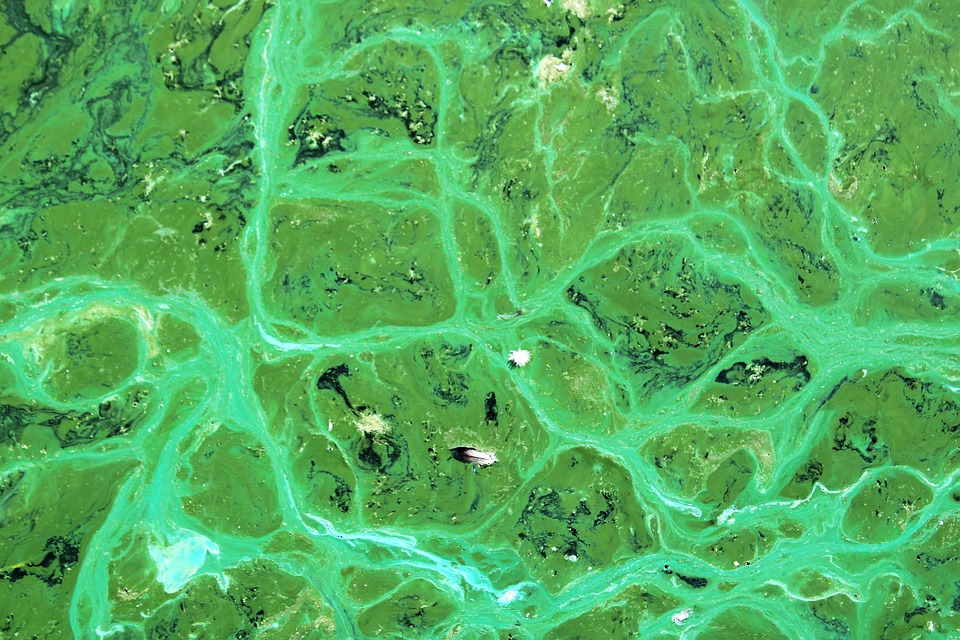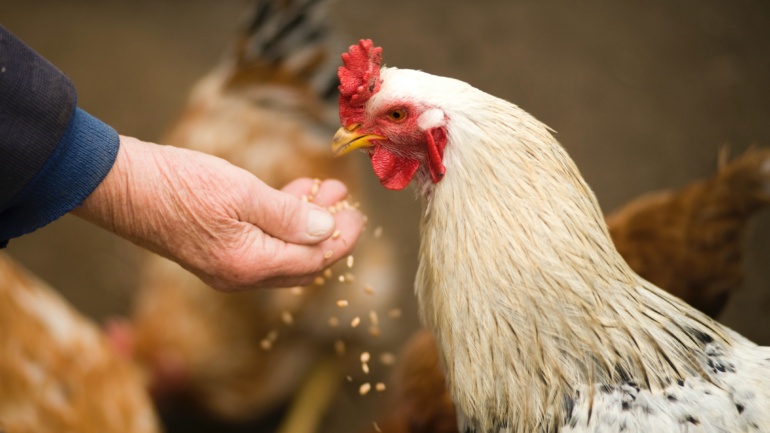By Taylor Schaefer, Staff Writer for Save The Water™ | December 14, 2015
Unusually warm ocean water has caused a huge algae bloom along the west coast of the United States. Also known as “Red Tide” or harmful algae blooms (HABs), domoic acid has severely harmed marine life, shutting down most of California’s crab fisheries.
Raphael M. Kudela, Ph.D., a phytoplankton expert and professor of Ocean Sciences at University of California, Santa Cruz, stated, “This year’s bloom was incredibly toxic and is the largest we’ve ever seen on the West Coast.”1
Toxic Algae is Increasing Around the World.
The California coast is not the only region to experience an increase in toxic algae blooms. Globally, harmful algae has changed course over the last several decades. The number of toxic blooms, economic losses, the types of resources affected, the number of toxins, and toxic species have all increased dramatically.2
This outbreak differs because of its much larger scale. Also, El Nino most likely set it off. However, harmful algae blooms like this are happening more often worldwide as oceans get warmer and pollution increases. Storms, currents, and other natural phenomena cause this increase, but human activities also contribute to it. Adding pollutants such as sewage, pesticides, and fertilizer to the oceans creates an environment more conducive to algae blooms.3
The Amount of Toxins in the Blooms Matters; It Can Kill.
When toxins are present at low levels, there is little to no human or environmental side effects. However, adverse side effects occur when two events occur. First, toxins are present in high density. Second shellfish, plankton, and fish ingest these toxins. These organisms accumulate these toxins, which move through the food chain.2
Shellfish and fish that consume domoic acid appear healthy. Also, their physical symptoms are subtle. However, when humans eat the toxin, it goes straight to the brain, attacking nerve signal transmission. Domoic acid is fat-soluble, accumulating in the fat tissue of the crabs. This means the neurotoxin is present in the meat, so when a human eats the meat, they are directly ingesting domoic acid.4 Algal toxins reportedly result in more than 50,000–500,000 intoxication incidents per year.2 While this neurotoxin can be fatal when consumed by humans at high doses, it hurts marine mammals and birds that feed on small fish and shellfish even more.
Strategies to Reduce Algal Blooms
There are multiple strategies to deal with the increasing problem of harmful algal blooms (HAB) toxins in marine environments. Since the knowledge about why HABs occur in many areas is often not available, it is difficult to regulate or control. First, many countries are implementing sewage reduction strategies. Sewage reduction is a useful way of reducing algal blooms.3
Another strategy includes mechanical control. Namely, dispersing clay over the water surface removes of HAB cells. The clay particles aggregate with each other and with HAB cells, removing those cells through sedimentation. However, obtaining permits, environmental clearances, and funds to test this method on a larger scale proves difficult.5
Third, using a variety of organisms could control HABs, but biological control can cause many problems. Many oppose the idea of releasing one organism to control another in the ocean.6 Similarly, people have considered introducing an exotic organism to the area. However, genetically engineering species introduced to alter the environmental tolerances can cause other problems. The issues surrounding this type of control strategy are similar in many ways to those associated with biological control. Namely, many have concerns about the possible negative impacts of introducing a non-indigenous organism to an area.7
Working Together Will Stem the Red Tide
The “red tide” proves to be an increasing problem faced by countries around the world, so we must work towards implementing more preventative measures. Natural events such as the current El Nino will continue to be an instigator. However, we can ameliorate HABs by reducing the amount of chemicals released into marine environments.
Save the WaterTM is an organization that conducts research to identify and to remove harmful chemicals from the water. Also, STWTM works to improve water quality and human health. This research is applied to the education of present and future generations. When complete, the STW™ Laboratory will have state-of-the-art technology and equipment that will be able to assist in solving contamination issues like HABs. Tests on water and other sample extractions will be performed with continued research to learn more about how to reduce toxicity in the environment. People, businesses, and organizations dump fertilizer consumption, sewage, pesticides, and countless other pollutants into the oceans everyday. We must use innovation and new technology to mitigate and to prevent new outbreaks in order to save marine life as well as human lives.
References
- Andrew Steingrube. November 18, 2015. “Algae Doom.” Good Times. https://bit.ly/2HBO7ik
- DZ Wang. June 2008. “Neurotoxins from Marine Dinoflagellates: A Brief Review.” Marine Drugs, 6(2). https://www.ncbi.nlm.nih.gov/pubmed/18728731
- DM Anderson. July 2009. “Approaches to monitoring, control and management of harmful algal blooms (HABs).” Ocean Coast Manag, 52(7). https://www.ncbi.nlm.nih.gov/pubmed/20161650
- Austin Herbaugh. December 4, 2015. “Toxic algae bloom closes commercial crab harvesting.” The Orion. http://theorion.com/50759/news/toxic-algae-bloom-closes-commercial-crab-harvesting/
- Mario R. Sengco, et al. January 26, 2001. “Removal of red- and brown-tide cells using clay flocculation.” I. Laboratory culture experiments with Gymnodinium breve and Aureococcus anophagefferens. Marine Ecology Progress Series, 210:41–53. http://www.whoi.edu/cms/files/Sengco_etal_2001_MEPS_clayfloc_32229.pdf
- Donald M. Anderson, et al. January 2001. “Monitoring and management strategies for harmful algal blooms in coastal waters.” Paris: Asia Pacific Economic Program, Singapore, and Intergovernmental Oceanographic Commission. https://bit.ly/2I2uuiN
- HMT Hokkanen and JM Lynch JM. 1995. “Biological control: benefits and risks.” Cambridge: Cambridge Univ. Press.





